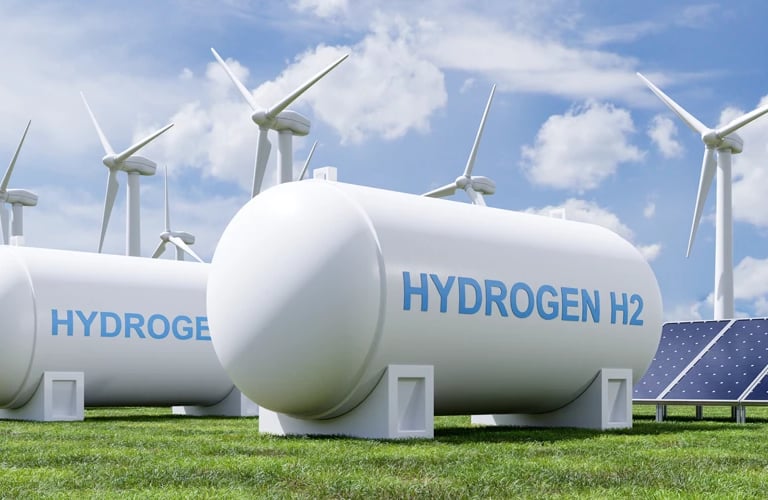Hydrogen-Powered Aircraft: The Future of Zero-Emission Flying
Air travel emits nearly 2.5% of the world's carbon dioxide emissions, making it an important driver of climate change. The aviation industry is looking for a way forward as the world ramps up its efforts to cut greenhouse gas emissions. Out of all those, hydrogen-fuelled aircraft are potentially the most significant leap towards zero-emissions flight.
SUSTAINABLE AVIATION
Vince Sanouvong
1/13/20254 min read

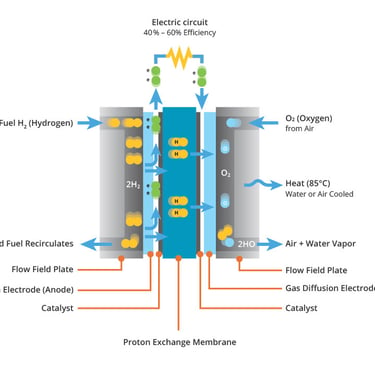
What is Hydrogen Propulsion?
Hydrogen propulsion systems employ hydrogen as a clean energy source to fuel aircraft. There are two primary types: hydrogen fuel cells and hydrogen combustion engines.
In a fuel cell system, hydrogen is combined with oxygen to generate electricity that can power electric motors. The only by-product of this process is water vapor, which makes it highly environmentally friendly. Hydrogen combustion engines, on the other hand, burn hydrogen like today's jet engines, but they do not produce pollutants like carbon dioxide due to combustion.
Benefits of Hydrogen-Powered Aircraft
Hydrogen as an energy source has clear benefits.
It will allow for the complete elimination of carbon dioxide emissions
Refueling hydrogen power can be done quickly
It has the ability to be generated wherever needed
It is a lightweight source of energy

What are some drawbacks of hydrogen propulsion?
1. Extraction of Hydrogen
Even though it is the most prevalent element in the universe, hydrogen cannot exist independently and must be separated from carbon fossil fuels or taken from water via electrolysis. Each of these procedures requires a lot of energy, which is costly and may surpass that obtained from hydrogen alone. Furthermore, this extraction usually necessitates using fossil fuels, compromising hydrogen's ecological credentials without CCS.
2. Investment Is Necessary
Funding is required for hydrogen fuel cells to become an efficient energy source. The political will to devote time and resources to development to advance and mature the technology will also be required. In short, the worldwide problem for developing ubiquitous and sustainable hydrogen energy is how to progressively expand the "supply and demand" chain most economically.
3. The price of raw materials
Because fuel cells and some water electrolyzers usually require precious metals like platinum and iridium as catalysts, fuel cells (and electrolyzers) can be expensive initially. Some companies have been discouraged from investing in hydrogen fuel cell technology because of its cost. For hydrogen fuel cells to be a viable fuel source in aerospace, such expenses must be decreased.
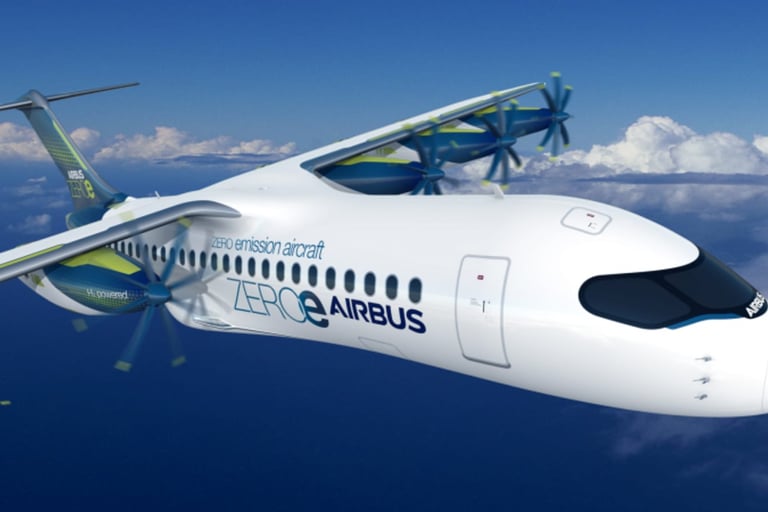

Need for Zero Emission Aviation
Air travel is essential for global transport but has a substantial environmental cost. The aviation business accounts for nearly 2.5% of worldwide CO2 emissions, which will likely increase with increasing air travel demand. As nations have set ambitious climate targets, reducing aviation emissions is becoming more of a priority.
Governments, regulators, and companies want alternatives to fossil-fuel aircraft. Efforts like carbon offset programs and biofuels reduce some emissions, but no solution removes them entirely. This is where hydrogen-powered aircraft represent a zero-emission future.

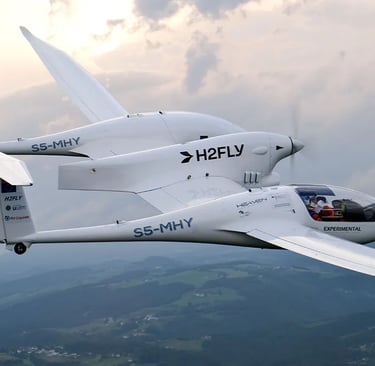
How does Hydrogen Powered Aircraft work?
Aircraft that use hydrogen instead of jet fuel use hydrogen as fuel. The two main ways hydrogen is used in aviation are:
Hydrogen Combustion
Hydrogen Fuel Cells
In hydrogen combustion, hydrogen is burned in modified gas turbines used in conventional jet engines without producing carbon dioxide. Water vapor is the main byproduct.
In hydrogen fuel cells, fuel cells change the hydrogen into electricity, which powers electric motors that propel the aircraft. This requires no energy and emits nothing, so it is a zero-emission approach for the future.
Hydrogen fuel has to be kept in liquid form at -253 degrees Celsius to maintain energy density. Significant changes in aircraft designs will be required to accommodate bigger hydrogen tanks because hydrogen is less energetic per volume than jet fuel.


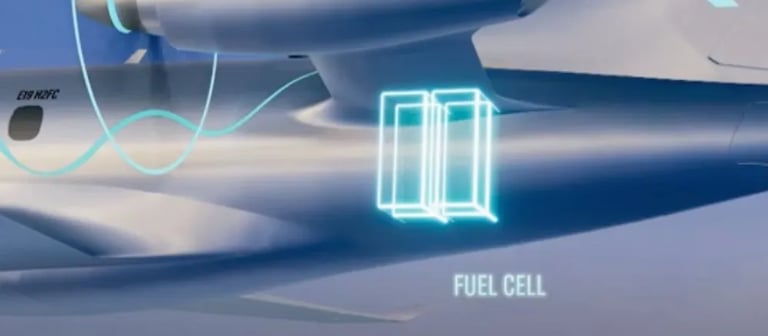

Hydrogen in Aviation - The Future
Many aerospace companies and startups are spending money on hydrogen aviation. Airbus has unveiled its ZEROe concept, which aims to produce a hydrogen-powered commercial plane by 2035. ZeroAvia, a hydrogen aviation company, has already conducted HFC test flights.
Governments and regulators are also promoting hydrogen adoption. For example, the European Union funds hydrogen research and infrastructure projects within its Clean Aviation Initiative. Meanwhile, other countries, such as Japan and the USA, are investing in hydrogen production and storage technologies in aircraft as well as in cars.
Hydrogen-powered aircraft are a giant step towards a green aviation industry. However, there are still technical and economic barriers to hydrogen production, storage, and aircraft design. If governments and industries invest in hydrogen technologies, though, zero-emission commercial air travel may one day be a reality.
The future is sustainable only if policymakers, aviation companies, and the energy sector work together. The right investments and technological breakthroughs could transform air travel and combat climate change.
